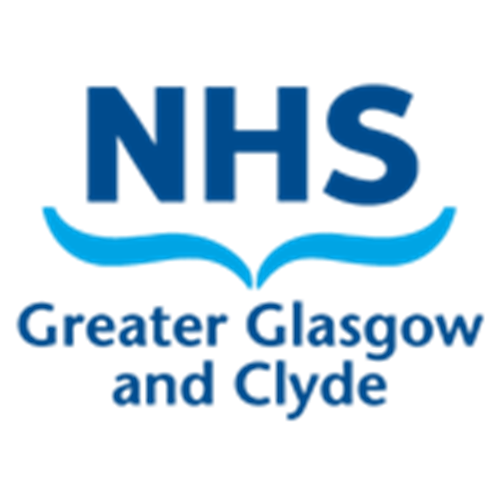Pregnant women with suspected parvovirus infection should be advised to attend primary care in the first instance, to reduce the risk of infection to other susceptible adults.
If a pregnant woman attends maternity triage with clinical features of parvovirus infection, or attends unannounced seeking care following contact with active parvovirus infection, they should be placed in a segregated area to avoid exposing other susceptible adults to the risk of infection.
Investigation
- Confirm gestation of pregnancy
- Enquire as to date of onset of illness, clinical features and type and distribution of any rash
- Enquire as to previous history of infection and antibody testing
- Enquire as to recent travel history, including dates and location
- Enquire as to any contact with any person with a rash illness, or recent travel
- Enquire as to the present of other comorbidities including immunosuppression, or a history of haemolytic anaemia (e.g. sickle cell disease, thalassaemia, hereditary spherocytosis)
Diagnosis
Take blood as soon as possible for parovirus IgM and IgG. If a rash has occurred, blood samples should be taken the following day following appearance of the rash. Note that the woman is pregnant and gestation on the clinical request.
If previous immunity to parvovirus is confirmed, usually by testing samples taken at the booking appointment, an alternative cause for the symptoms should be sought, as confirmed immunity is lifelong and further parvovirus infection cannot occur.
If the woman is parvovirus naive, current samples will be tested to ascertain if there are signs of ongoing infection, or if seroconversion (and therefore, infection with parvovirus at an earlier gestation) has occurred.
For patients who are immunocompromised, or those at risk of aplastic anaemia, a full blood count and reticulocyte count should be taken at the time of taking the parvovirus tests.
A lack of IgM, excludes current and previous parvovirus infection within the last 4 weeks before the sample was takenii,and excludes parvovirus as a cause of the symptoms. An alternative diagnosis should be sought.
Management
Paracetamol can be used for symptom relief.
The infected woman with a rash can be reassured that they are no longer infectious as the disease is no longer contagious at the onset of the rash.
Urgent advice from the local haematology service should be sought for women with a history of haemolytic anaemia, as infection with parvovirus can lead to aplastic crisis.
Women at risk of aplastic crisis presenting with symptoms of breathlessness, light-headedness, lethargy or confusion, should be admitted to the antenatal ward for urgent investigation.
Confirmed parvovirus infection in pregnant womem should be referred to secondary maternity services for follow up. An ultrasound scan to perform Middle Cerebral Artery Dopplers to ascertain peak systolic velocity (MCA- PSV) and review by the named Obstetric Consultant should be undertaken as soon as possible.
Middle Cerebral Artery Dopplers should be performed fortnightly for 12 weeks after infection. In the event of diagnosing fetal hydrops, or finding a Middle Cerebral Artery Peak Systolic Velocity > 1.5 MOM, urgent referral to the Fetal Medicine Unit at the QUEH should be arranged. The appropriate online referral form should be completed, and the unit telephoned on ext 64339 (0141 232 4339) to inform them of the urgent referral.

